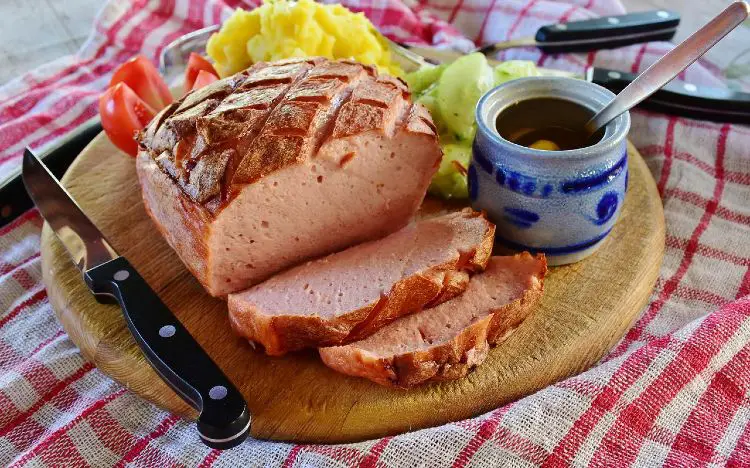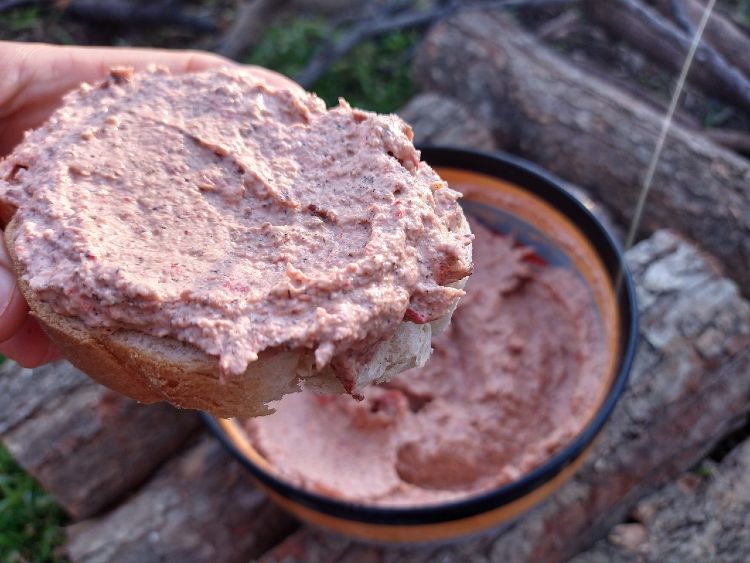Mailhos ~ Cuisine de Jardin
When I first met my husband, Jean Francois, I soon realised he had a mother who cooked French food like a goddess, so his standards were very high. I had no choice but to start cooking well very early in our relationship to hang onto this man. Luckily I come from a family of eaters and lovers of good food and my appetite was excellent, so the job was easier than I imagined. Apart from the first disastrous meal of parmesan ice cream I made my husband many years ago, I have since learned the value of simplicity and that the best produce is the key to good cooking, values I have applied to both the kitchen and the garden.
To say the least, we are a both a little obsessed by food and not just healthy food but good food. We wanted to grow lots of vegetables and fruits that we just could not find anywhere else and live a simpler life than we had in our previous home in Paris. We used to come every year to the Gave d’Oloron to fish salmon (I was just the assistant with the book) and we started asking ourselves about where we could go and live, start a new life.
We decided on the Bearn area of south-west France, as there is plentiful sunshine, rain, salmon fishing, green prairies, mountains and of course the sea. Mailhos was the first house we visited and it was, in fact, the house we eventually bought. It was built in 1796 for a local bourgeois family, the land consisting of 20 hectares of very good soil, lush forest and the mountains beyond. We left Paris the following spring with three suitcases, a fishing rod and a bewildered cat and within the space of a few days had dug up the front lawn to plant a vegetable garden.
In the last four years, we have planted 75 fruit trees, all local varieties, a 1000m2 of vegetable garden, rasberries, strawberries, blueberries, we installed 50 bee-hives and are the proud parents of 18 chickens who provide us with the richest of eggs. The garden grows over 100 varieties of vegetables, using just the compost and plant teas that we produce ourselves. I have won, over two consecutive years, the 3rd and 2nd prize for the best vegetable garden of France run by the Société National d’Horticulture.
My participation in such prizes is of course due to Jean Francois’s extraordinary energy for pushing me into situations I am not naturally inclined to get into. Such situations include garden competitions, local associations and local social events.
What really motivates me to make this garden as rich and productive as possible is the desire to eat and cook really good food. I don’t believe that going to a three star Michelin restaurant is what you would call eating good food. At a restaurant, you admire the creativity of a chef and eat designs but its not about freshness, goodness and real taste.
In Autumn when I find a young, fresh porcino mushroom just poking its tender head through the damp forest covering, eating it raw in thin slivers, with just a few drops of a good olive oil, the taste is beyond compare. A Black Zebra tomato, picked early on an August morning, eaten raw with just a sprinkling of fleur de sel is the ultimate in goodness.
When I cook, the product has to take centre stage, whether its a confit de canard (duck confit) or a black radish, it needs to be respected as a work or art rather than turned into one. My recipes, I hope, show what I’m trying to say without being priggish. We can all grow a pot of basil or tomato plant on a windowsill, find good local vegetables at a farm shop, find a fine, passionate wine producer who will deliver a few cases to a group of friends directly and order a meat parcel from a local producer.
I started writing my Blog “Mailhos, Cuisine de Jardin” to share these ideas with likeminded readers across the world, and to record the things I grow and find to eat, especially the most unusual ones.
I think that the pepino melon shown in the photograph is the last of the mysterious fruits that I will manage to ripen this year as the arrival of the big frosts now looms. I have been busy cutting back datura, ginger and ceibos, packing up banana, mandarine and yuzu and finding space for my limes and lemons, among the bougainvillea, in the already packed greenhouse.
The pepino can overwinter in the garden at a temperature above -15° with the roots well protected, which is completely possible in this part of the world. In our six years in Mailhos temperatures have never dipped lower than -5°so I can keep some citrus fruits in the ground and in the open as well as many of the exotic plants that I’ve picked up on my travels over the years.
The pepino comes from somewhere in Latin America where it was cultivated and enjoyed, probably, by the Inca tribes, but it is now grown everywhere where there is sun and farmers. This member of the nightshade family, with cousins as diverse as tomatoes, potatoes, chili-peppers and aubergines, is as sweet as a honeydew melon with a taste of pear. It is smooth-skinned, smelling sweet and as firm as a ripe plum. Its skin colouring is a pale-yellow with irregular purple slashes. The inner flesh is pale orange with soft edible seeds.
I have tried and failed to ripen this fruit in the garden for five long summers and this year I have succeeded, harvesting a fine basket of fruit. The reason for my perseverence, is the beauty of the plants, its flowers and light cream but unripe fruit dangling like freshly laid eggs. I never expected such a reward this year.
In this wide world of webbing, I have tried and failed to find someone who has discovered a fabulous way to serve a pepino. I do not like the idea of cooking them, as they are drab and tasteless when heated. In my opinion this is a fruit that should be served raw, similar to an apple, eating both skin and flesh or in a salad. I replace my usual pear with a raw, peeled pepino in the blender with oat milk, banana and raw almonds for a heartening breakfast – I still feel the energy circulating in my blood vessels. This is the way to go. Otherwise why not try a seasonal pepino cocktail.
Pepino Cocktail
Ingredients to serve 4 people
2 large Melon Pepinos
1 large handful of Physalis fruit, peeled
50ml prosecco or sparkling White Wine
4 small mint sprigs chopped
Juice of one orange
1 tsp. grated black pepper
Method
Peel and slice the pepino melons thinly. Cut the physalis fruit into quarters. Place the fruit in a bowl with the mint and a good teaspoon of freshly milled black pepper. Pour the orange juice and white wine in the bowl, stir and keep in the fridge a half an hour before serving.
Contact Details
Carol Reid-Gaillard’s Blog: www.mailhos.info

